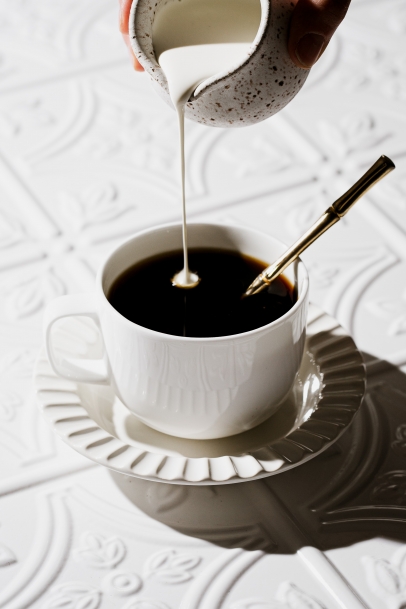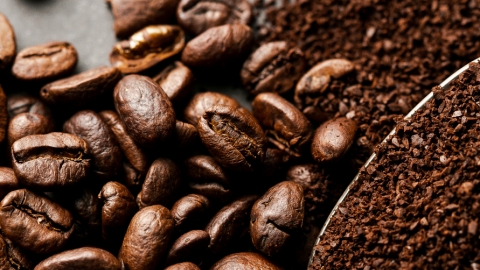Tips for Home Brewing
Coffee is part of our culture and part of our daily habits. You can rely upon someone else to make your cup, but you may also enjoy your own coffee routine. If you come to love the routine, it approaches ceremony. “The coffee tastes better if it’s a little ceremonial,” says John Horton, one of the founders of Local Cup in South Bend, Indiana.
Use fresh beans. Horton says good, freshly roasted coffee is key. “The fresher the coffee is makes a difference in the brewing process,” he says. When he pours 205° water over fresh coffee in a Chemex, an hourglass-shaped glass pot, he can see the coffee bloom and find flavors that he doesn’t in other methods.
Filter your water. Just because water is safe doesn’t mean it tastes good. Filtered water makes better coffee.
Try a lighter roast. Light roasts often pack more of a caffeine punch than dark-roasted coffee and also have flavor notes that shine through. “With a lighter roast you can taste more nuance,” says Nate Osborne, a Goshen resident and expert home coffee brewer.
Spritz the beans. Science has given us a new tip on how to make our coffee better. Roasted coffee beans build up an electrical charge; the static electricity is evident when we grind. A new study by scientists at the University of Oregon tells us that spritzing the beans with a few drops of water before grinding can reduce the static and even improve the flavor of coffee.
Use a new method. Some of the best ways to make a great cup of coffee are the simplest. An Aeropress—a tube with a plunger and a filter on one end—makes a cup that approximates espresso, but without the big investment in a machine. An inexpensive frother paired with an Aeropress lets you create a great latte, Osbourne says.
Level up. You don’t need to buy expensive equipment, but upgrading, or leveling up, as Osborne calls it, can help your coffee. If you use a blade grinder to turn beans into grounds, buy a burr grinder. If you’ve relied on a drip pot, use something that gives you more control, such as a pour-over in a Chemex.
The ultimate leveling up is roasting your own beans. You can start with a heat gun and stainless steel bowl, but an air roaster turns green coffee beans into a small batch of fresh-roasted coffee. “That’s the super geeky level,” Osborne says.
Buy a moka pot instead of an espresso machine. The aluminum pots made in Italy are the primary way to make coffee in Cuba and other parts of Latin America, where dark coffee is treasured and offered as hospitality. Water in a bottom chamber pushes up through fine grounds to create a dark brew.
After years in the Dominican Republic, Joel and Patricia Zwier’s family members in Goshen, South Bend and elsewhere rely on the pots to make morning coffee. Daughter Elisa Zwier-Dralle brought a pot and small cups with her to Goshen College. “These have accompanied us throughout our lives,” she says.
Marshall V. King is a Goshen, Indiana–based writer who has been writing about food, restaurants and cooking since 2000. He has five devices to make coffee at home.






